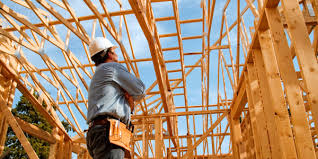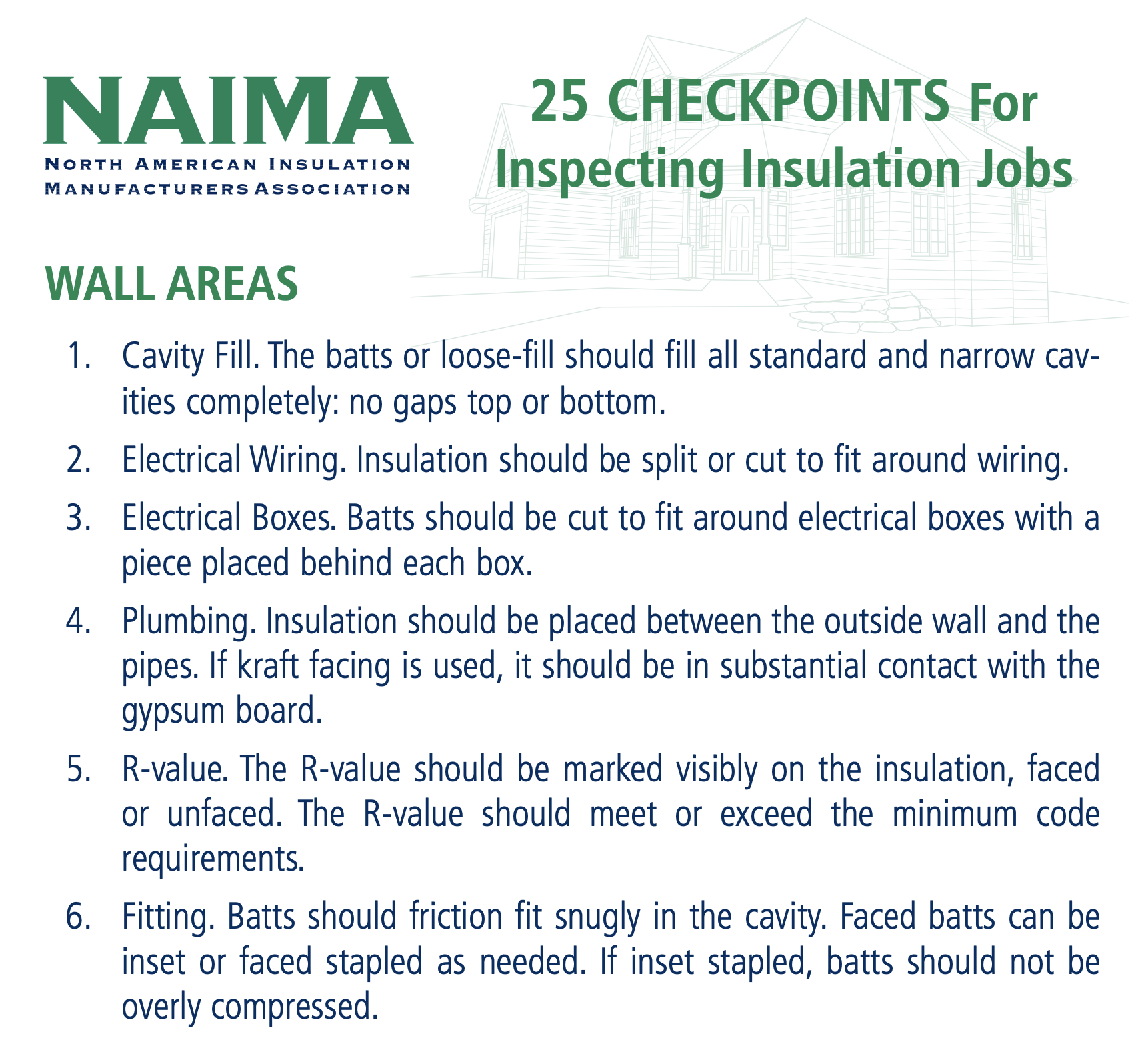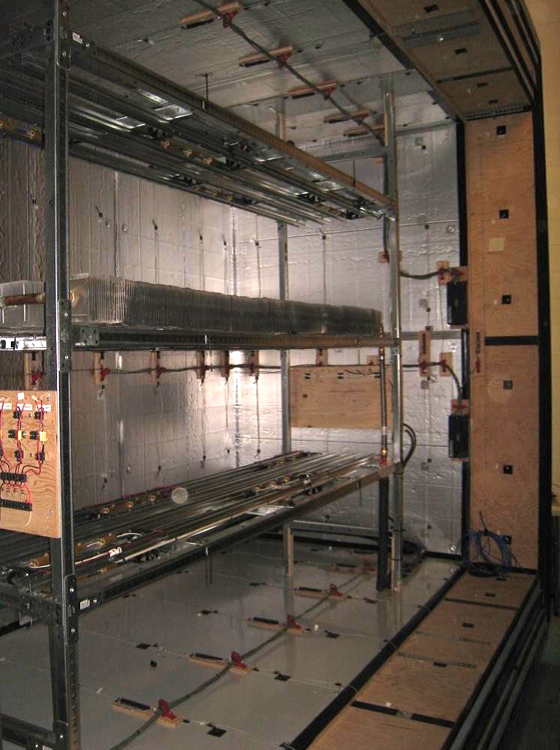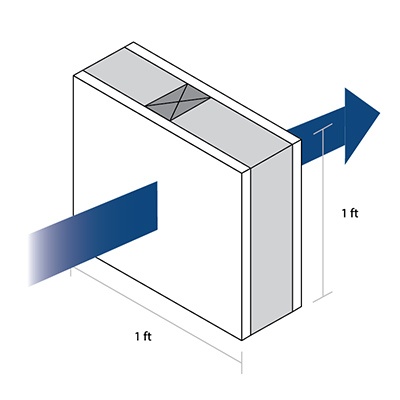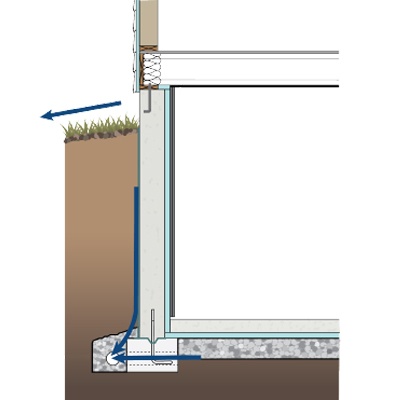In the 1963 film “The Great Escape”, we were rooting for McQueen, Bronson, Attenborough and crew to safely escape the Nazi prison camp. When it comes to air fleeing our homes, our hope is exactly the opposite. Codes and customers are pushing for more energy efficient homes, and that means tighter envelopes. Tighter homes have significant impacts on both moisture management and air quality, but at a more basic level, they are just plain hard to build. A tight home is a result of successfully combining People, Practices and Products (our 3 Ps of air sealing) to deliver the desired result. Executing requires diligence from multiple subs, at many stages of a build, typically employing multiple products, both air barrier materials and sealing accessories. This complexity begs the question: how do I prioritize my focus (and my money) to attack the biggest problems first?
Details »Insulation Institute Blog
Posts Categorized: Performance
What the “Google Era” Means for Energy Efficient Homes
Over the first half of 2016, The Insulation Institute conducted qualitative research[1] with builders exploring a few areas, including the changing dynamic between home builders and home buyers. The “Google Era” has changed the way homebuyers enter into the buying process and is reshaping their interactions with builders. They are researching more; more about homes, more about building products, just more in general. This leads to new opinions and new questions for builders, including about energy efficient homes. These opinions and questions can be a problem, if not responded to effectively. Our research found that builders can employ three effective techniques when faced with a buyer (or prospective buyer) who has ideas about energy efficient homes that may be a challenge if not properly addressed.
Details »There’s Insulating a Building. And Then There’s REALLY Insulating a Building.
For an insulation inspection during a building inspection, our handy guide – “25 Checkpoints for Inspecting Insulation Jobs” – covers all the bases, and then some. Intended to provide useful guidance on how to improve the quality of the installation of insulation products, the List has been created by our experts here at the Insulation Institute. It tells you what to look for when inspecting insulation in wall areas, as well as ceilings, floors and other areas.
Details »Are Insulation R-Values a Good Measure of Insulation Performance?
Yes. The answer is simple, so this could be the shortest blog ever. However, given the misinformation that is out there it is worth explaining why R-value is in fact a good measure of thermal performance and dispelling some common misconceptions about it.
Details »Want To Insulate Yourself From Customer Complaints About High Energy Costs? Establish a Good Thermal Boundary.
When it comes to energy costs, we all know the big numbers lie in heating and cooling the house. A large portion of this excessive energy use is due to air leakage as well as too little – or improperly installed – insulation. A good thermal boundary, which includes insulation, windows and doors, not only reduces energy waste, but also greatly increases an occupant’s comfort. Which brings us to heat flow. How heat flows, where it goes and how to control it is key to a whole-house systems approach that can create better homes for today’s homeowners.
Details »Ever Seen a Home With a “Drinking Problem?”
Whether you’re building new construction or working on a renovation, you’ve got to think about preparing for and preventing the impact of water on the structure of the home. Because without your expertise, homes can easily have a drinking problem — and the water they absorb can be downright destructive.
Details »KB Homes’ Approach to Zero Energy Ready Building
KB Homes, a top 10 builder nationally, has firmly established itself as a leader in energy efficient building. In April of this year, it won its sixth consecutive Energy Star Partner of the Year Award. Additionally, in 2013, 2014 and 2015 it received Department of Energy Housing Innovation Awards for its Zero Energy Ready Home (ZERH) construction. With this level of success it begs the question “what are they doing?” DOE’s “Tour of Zero” website has detailed case studies on a number of homes (which we have written about before), including those from KB, but we will look specifically at the approach they took to insulation and air sealing in these homes, as well as the resulting ACH levels and HERS scores.
Details »What’s the best insulation option for Zero Energy Ready Homes?
Net-Zero Energy vs. Zero Energy Ready Homes
Not all net-zero energy (NZE) homes are created equal, well, they aren’t all built the same that is. Also, slight differences in wording can mean different things. Did you know that there are net-zero energy homes and Department of Energy (DOE) Zero Energy Ready Homes (ZERH). What’s the difference? DOE defines a net-zero energy, or “zero energy,” building as “an energy-efficient building where, on a source energy basis, the actual annual delivered energy is less than or equal to the on-site renewable exported energy.” [1] And a Zero Energy Ready home is “a high performance home which is so energy efficient, that a renewable energy system can offset all or most of its annual energy consumption.”[2] So, a ZERH is a building that has maximized its energy efficiency and has the potential to be a NZE home if renewable energy sources are added. Those are the definitions, but how they are built, and what products are used, to meet those standards, is up to the builder.
Details »Competition Highlights Quality Insulation Installation
There’s no question that the quality of the insulation installation has a tremendous impact on the comfort of a home. With temperatures dipping across the country and fall weatherization on the minds of many homeowners, insulation contractors are likely seeing an uptick in interest from consumers in adding insulation to their homes — particularly with news that roughly 90% of U.S. homes are under insulated. As homeowners look to hire qualified professionals to complete the job, the skills of the workers installing the insulation will have significant impact on its performance — and ultimately on the comfort of the home. Therefore, encouraging installer excellence is a worthy goal, particularly if done in a fun, competitive way.
Details »Regulatory Watch
New emissions rules for Wool Fiberglass and Mineral Wool product facilities
The U.S. Environmental Protection Agency (“EPA”) has signed the Final Rules for the Wool Fiberglass Manufacturing and Mineral Wool Production MACT Standards (“Final Rules” or “Rules”), and the Rules have been published in the Federal Register (80 Fed. Reg. 45,279 (July 29, 2015)). The Final Rules represent a significant success for NAIMA and its members. Because of the tremendous effort of NAIMA and its members – responding to multiple information requests and EPA proposals, participating in many in-person meetings with EPA staff and management, and arranging numerous EPA site visits to many facilities – EPA ultimately issued feasible rules.
Details »

